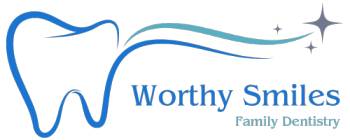Digital Impressions vs. Traditional Impressions: Which Is Better for Dental Procedures?
Discover the ultimate guide to Digital Impressions vs. Traditional Impressions for dental procedures. Uncover insights, expert opinions, and FAQs, helping you make an informed decision. Digital Impressions vs. Traditional Impressions In the world of dentistry, the use of digital technology has revolutionized many aspects of dental procedures, including impressions. Digital impressions involve using advanced scanning […]
Digital Impressions vs. Traditional Impressions: Which Is Better for Dental Procedures? Read More »


